By Kevin Triplett | Photos by Dennis Gray
One of the oldest open-wheel racing cars competing at the 2011 CSRG Charity Challenge was the unique 1958 Bourgeault Formula Junior owned by Simon Favre of Milpitas, California.
Formula Junior got its start in 1958, when the FIA adopted a rules package suggested by racing driver and journalist Giovanni “Johnny” Lurani, to provide an entry-level class where racers could use inexpensive mechanical components from ordinary automobiles. The FIA eliminated Formula 2 and 3 classes, and Formula Junior took its place.Formula Junior rules required the cars be powered by production-based engines with a displacement of 1100 cc in a 400-kilogram (880 pound) car. Parts like engine block, cylinder head, brakes, and transmission had to be sourced from a production car. Constructors could increase the number of gears in the transmission, but only inside a production gearbox casing. In its short six years, the leading edge of Formula design spanned the major progression of racing car evolution – from front-engine ladder frame cars to rear-engine space frame machines (Cooper) and eventually to the full monocoque design of the Lotus 27.
The Formula Junior class’s eventual demise resulted from its playing two roles, both as an introduction to single-seat racing for novices, and the only international single-seat category below Formula 1. Additionally, the success of the Lotus and Cooper designs and works teams pushed costs too high for many amateurs who had little chance of success.
For 1964, the FIA re-introduced Formula 2 and 3 to replace Formula Junior – one-liter pure racing engines for Formula 2 and production-based engines for Formula 3. Eventually, classes based on Lurani’s original idea of production based engines, transmissions, and suspension as low-cost introductions to single-seat motor racing emerged as Formula Ford and Formula Vee.
Through brief, the Formula Junior era developed some of the greatest Formula 1 drivers – Jimmy Clark, John Surtees, Jochen Rindt, Mike Spence, and Lorenzo Bandini all came through Formula Junior. Since Formula Junior was a worldwide class, there are many cars still readily available, so Formula Junior is a popular class in vintage sports car racing. For example, the 2011 CSRG Charity Challenge featured 17 Formula Junior machines, mostly Lotus designs, but there was only one Bourgeault, as it is one-of-a-kind.

Nadeau Bourgeault built his car in Sausalito, California in 1958, making it one of the earliest mid-engine cars built on the West Coast. Bourgeault had been the body shop manager for British Motor Car (BMC) Inc. in San Francisco and while there worked with Joe Huffaker on the first front-engine BMC Formula Juniors, but left after only a few of the BMCs were built. Nadeau relocated to Bill Breeze’s Sports Car Center (SCC), located off Highway 101 north of Sausalito in a complex of WWII-era Quonset huts. Bill Breeze, the SCC owner was a contemporary of Phil Hill and had raced in Jaguar 120s and C types before he was injured in a crash. The SCC played a vital role in the growth of sports car racing in Northern California – it offered access to professional, knowledgeable businesses where racers got advice, parts, service, race preparation, or even a race car. The Sports Car Center was the forerunner of the many shops that would spring up around the San Francisco Bay Area, and included two young mechanics, one named Bob Winkleman, who later built the Winkleman Formula Fords and another named Peter Brock, later of Cobra and Datsun racing fame. The importance of the SCC was reflected when Breeze was inducted into the 2010 SCCA San Francisco Region Hall of Fame.


After leaving BMC, Nadeau set up shop in one of the SSC Quonset huts, a body and fender shop that specialized in aluminum repairs and re-bodies, and made his living designing and building sports cars, fixing race car problems and maintaining customer cars. One of his first customers was Nick Reynolds of the Kingston Trio, who had an older Ferrari 166 Milla Miglia. The Kingston Trio had started as a San Francisco nightclub folk band, and achieved worldwide wealth and fame. With his money, Reynolds was able to indulge his interests, and became a serious sport car enthusiast. With backing from Reynolds, Bourgeault built his 1.1-liter Fiat-powered Formula Junior, which Nick Reynolds drove in competition. The Bourgeault Formula Junior machine was later featured in an article in the August 1961 issue of Car & Driver magazine. Bourgeault later built several other unique machines, a couple of Formula B machines and a sports racer fitted with a BRM Formula 1 engine before dying of a heart attack in 1974. Unfortunately, all of Bourgeault’s remaining drawings and one of his small-bore sports racing cars were lost in the Oakland Hills firestorm in 1991.
Simon Favre first saw the Bourgeault Formula Junior machine at a classic car dealership, and claimed it was love at first sight, but he purchased the car later in its current state in 1993 from Al Santos. The car features a 1.1-liter Fiat engine coupled to a VW transaxle and uses Fiat brakes. Favre attends about four vintage events a year with his unique car.
[Source: Kevin Triplett; photo credit: Dennis Gray]


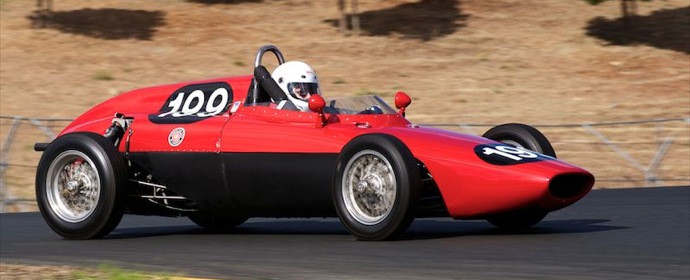
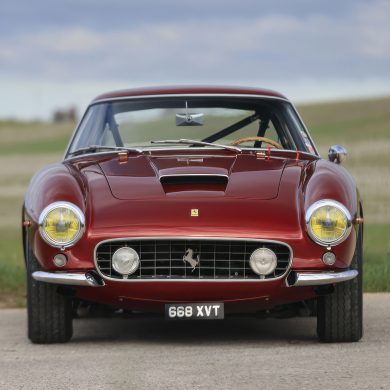

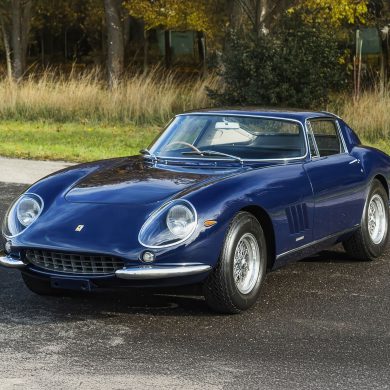
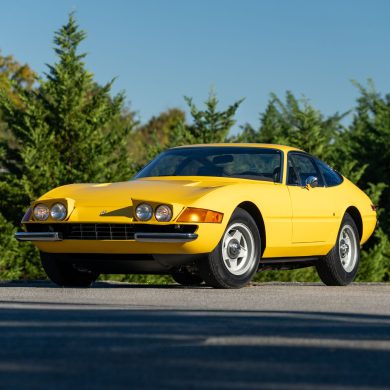
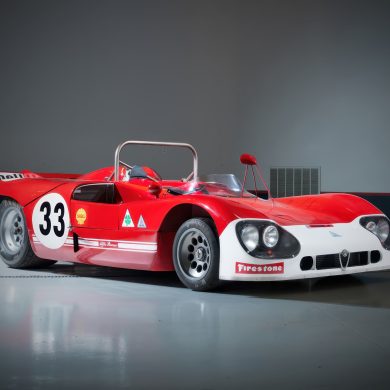
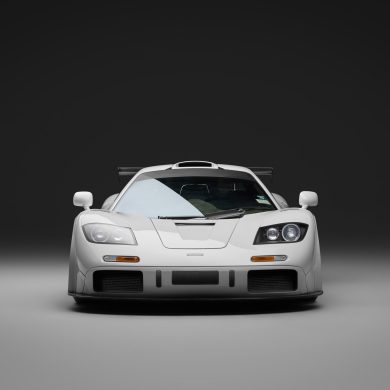


Very nice article! If I may, I’d like to add a minor correction. It’s believed Bourgeault built the Formula Jr. for himself. There are period photos of him driving it, including one on the grid next to Ed Leslie at Cotati. When Nick Reynolds decided to go racing, the Junior was already built. Reynolds funded the production of a limited series of “Mark II” formula cars that ran as Formula C or B, depending on the engine. Reynolds raced one in Formula C. The Mark II cars were similar to a Lotus 20 or 22, but better looking. Yes, there was only one Bourgeault Formula Junior. I still own the car!